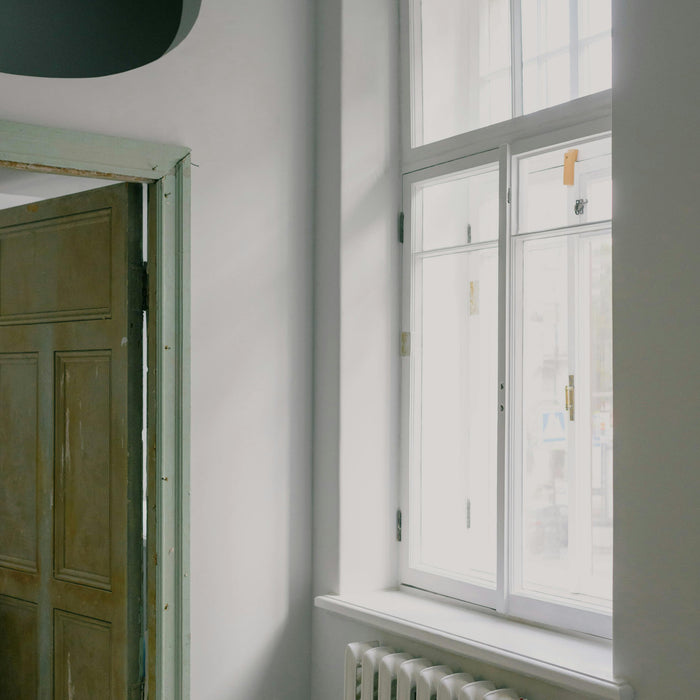
Electricians’ Favourite: How the JC1101/WH10 Makes Installations Faster and Safer
When it comes to lighting installations, time, safety, and reliability are everything. That’s why professional electricians across the UK are turning to the JCC JC1101/WH10 X50 Downlight Pack—a game-changer in the world of LED lighting. Whether you're outfitting a new build...







